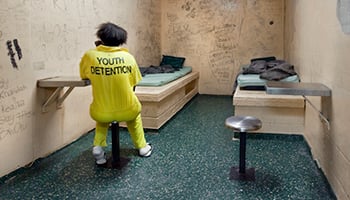
Results Count
Helping leaders, organizations and groups move from intention to action for children and families.
According to the 2022 KIDS COUNT Data Book, Louisiana ranked 49th among the 50 states in overall child well-being.

Helping leaders, organizations and groups move from intention to action for children and families.

JDAI® is a network of juvenile justice practitioners and other system stakeholders across the country working to build a better and more equitable youth justice system.

A group of state-based child advocacy and research organizations that use data to promote smart policies on issues ranging from child welfare and juvenile justice to education and economic opportunity.
We hope you'll find value in this report. We’d love to get a little information from you, which we'll use to notify you about relevant new resources.
Subscribe to our newsletter to get our data, reports and news in your inbox.